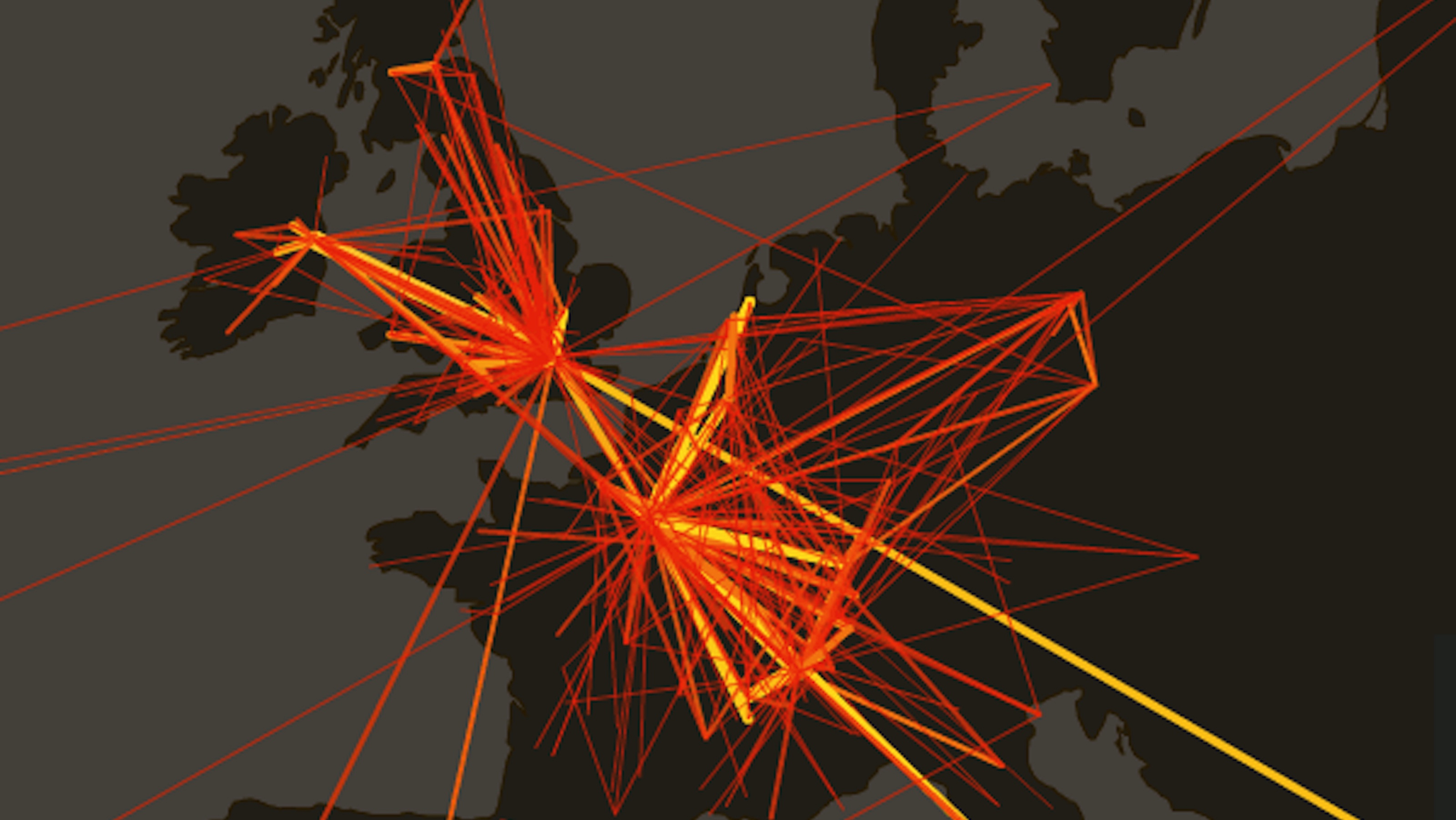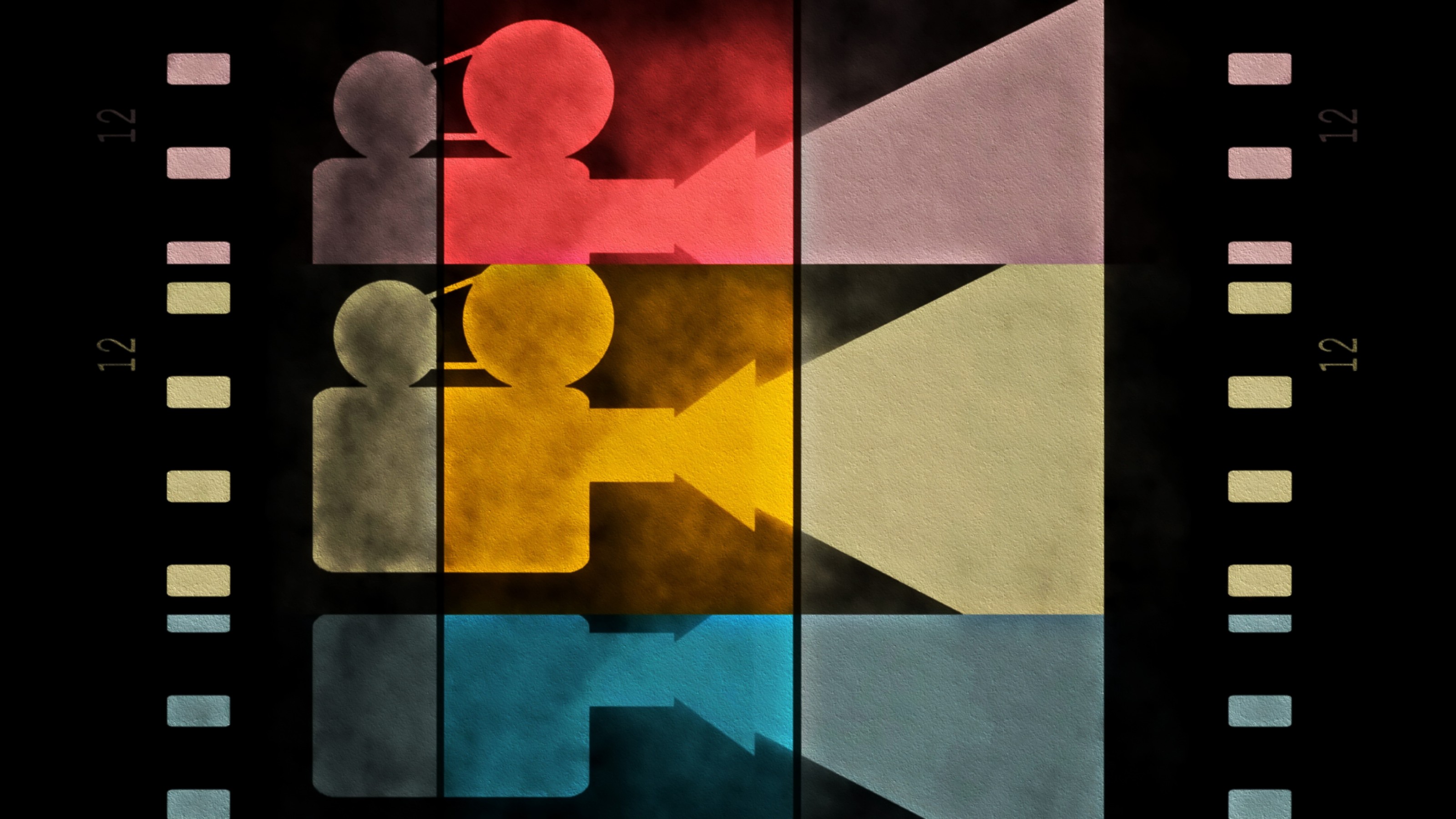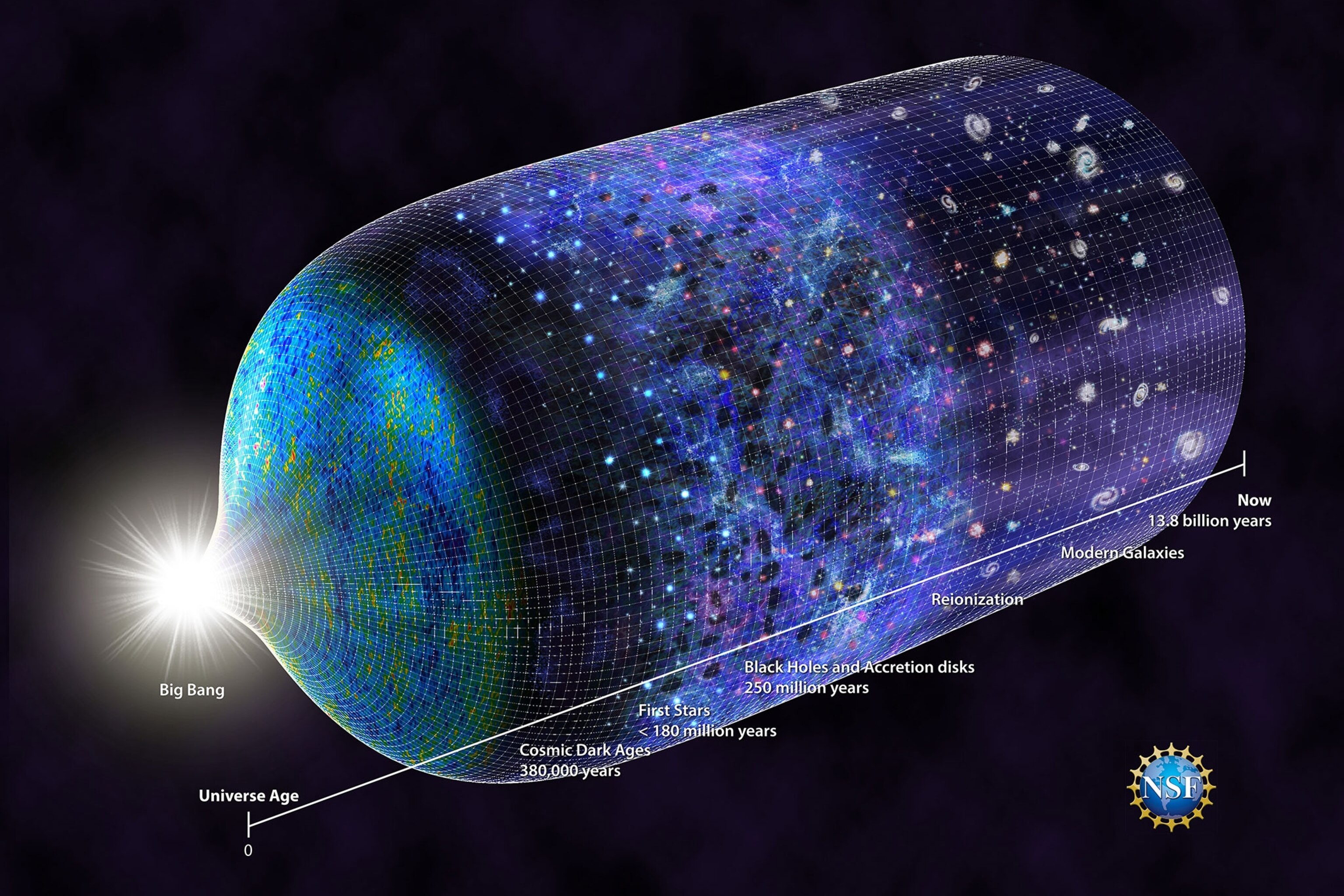One of the prevailing mysteries of quantum mechanics, the vanguard of the physical sciences, is the phenomenon of “non-locality,” i.e., the apparent causal interaction of tiny particles across vast distances of space. The event violates our understanding of causality grounded in Newtonian physics as well as Einstein’s conception of a space-time continuum undergirding all of reality. One proposition that gets us out of this conundrum is multiple universes. This solution, however, doesn’t explain a number of other observations we’ve made of the universe, including black holes. Perhaps our understanding of space and time needs reconsidering, but where does our knowledge of the universe stand after that?
George Musser: So one explanation that people have put forward over the years for these spooky connections and for quantum mechanics, actually, in general is that it’s an indication we live in a multiverse. In other words, that there are other domains of reality out there that we have only a very dim glimpse of. Quantum mechanics says that when I measure a particle, I get a random result and doesn’t have any explanation for that random result. So let’s say we think of that metaphorically in terms of those coins. So if I flip a quantum coin, it comes up heads or tails. And I see heads. But the strange thing is the mathematics says I should see heads and tails. So it’s always been a mystery of why I see one or the other. The proposition is that actually the coin does come up heads and tails, but it comes up heads in our universe and tails in another universe. So the idea of different universes, of parallel universes, is a way to make sense of kind of the multiplicity, the outcomes that are observed in quantum mechanics. And people propose this would be a way to kind of get rid of the non-locality, that the non-locality, the spooky action at a distance, is actually our kind of imperfect glimpse of a multiverse of parallel universes. And that individually those universes all behave completely locally, no spooky action.
And I kind of actually have a lot of sympathy for that position. It’s actually kind of awesome to think that there might be parallel universes not just out there, but actually in here that we could be kind of just cheek by jowl with parallel universes all the time and we never even sensed them. That even any measurement we make would cause the universe to branch — parallel universes to just be conjured up all the time. It’s kind of an amazing conception of nature. But I’ve kind of gone off the idea as much as I kind of, I’m drawn to it initially. And the reason is that I think that when you see these spooky actions and non-locality in a broader context, for instance in the context of other places where they occur in nature — not just for the particles, but they also seem to occur for black holes. They seem to happen in cosmology. They seem to happen in the workings of gravity. There’s a variety of contexts in which you see spooky actions. And those other contexts are harder to explain in this kind of parallel-universe scenario. But what they really seem to point to is that space and time are derivative.
The real message of the spooky action is that space and time are not fundamental. The particles are rooted in that deeper layer where space and time don’t yet exist. And that’s the way to explain them. So the building blocks of the world may not be tiny things. What could these building blocks be if they’re not tiny because that’s kind of what we think of as a building block; a Lego is smaller than the thing you build out of the Legos. They may be what seems to us enormous things. Things that span the entire universe and are somehow acting in concert with one another to product these phenomena of space.





